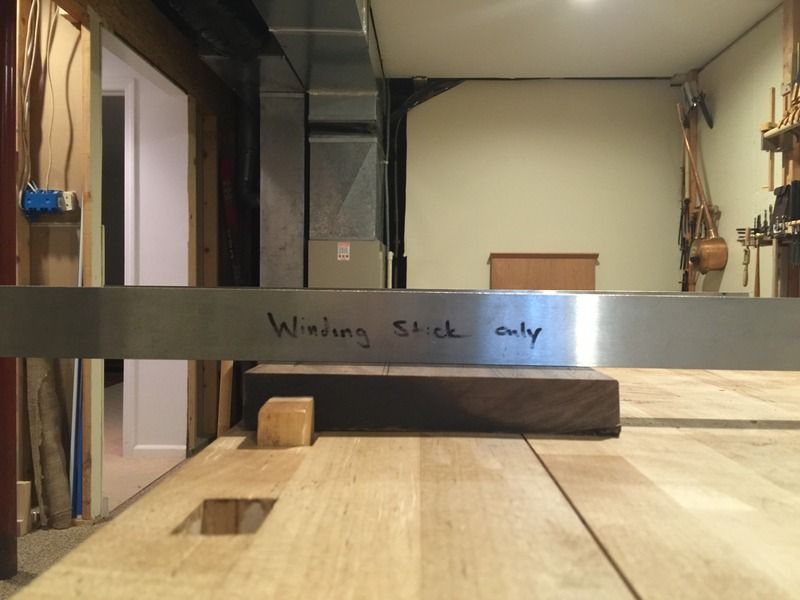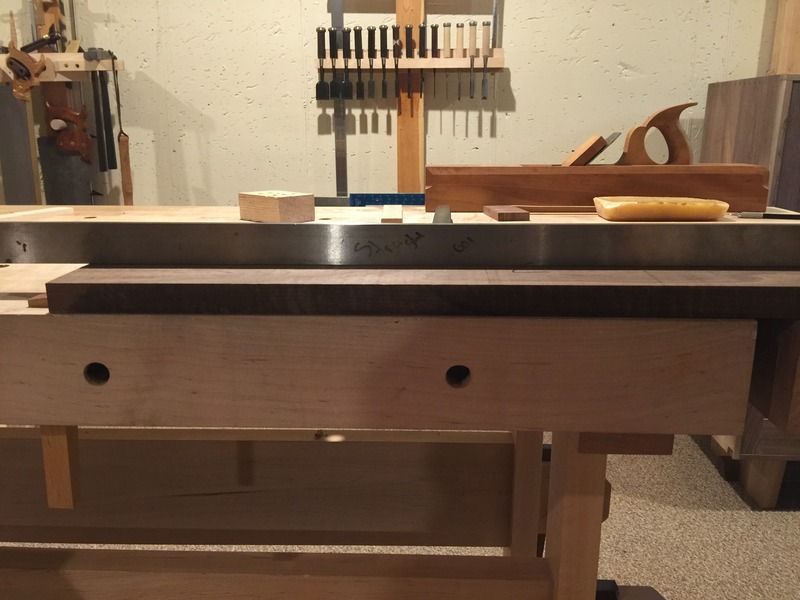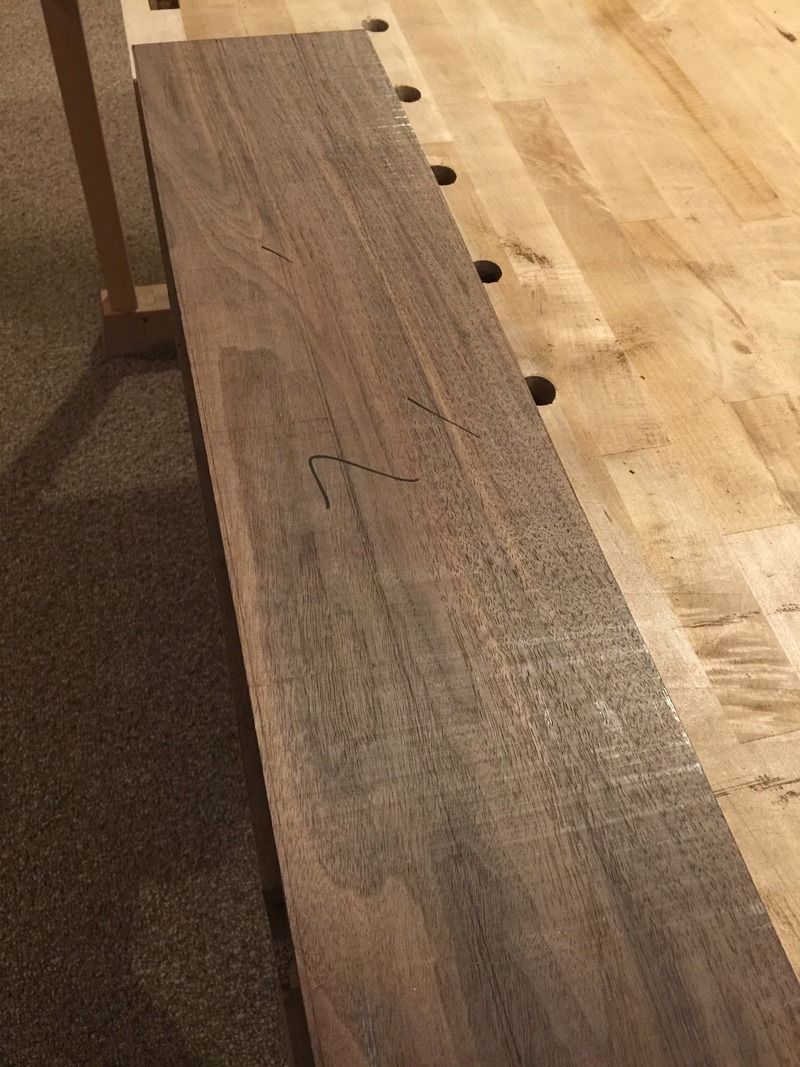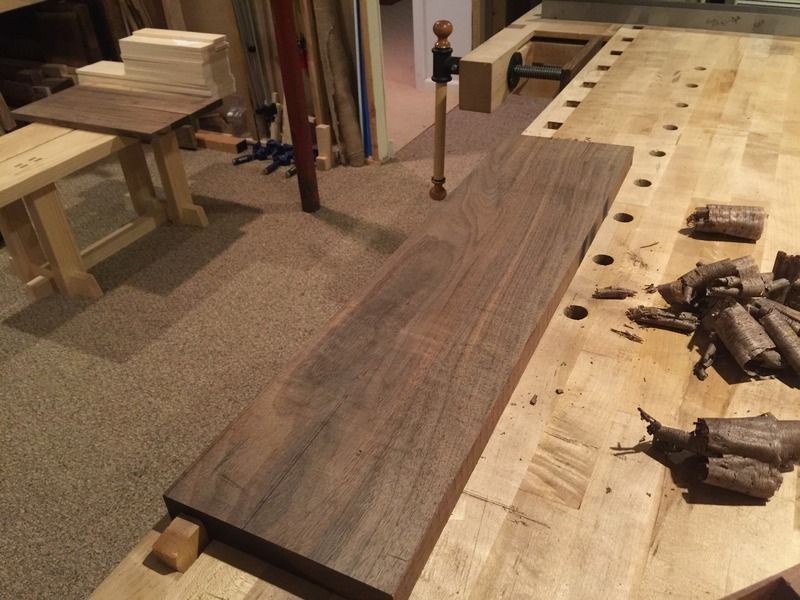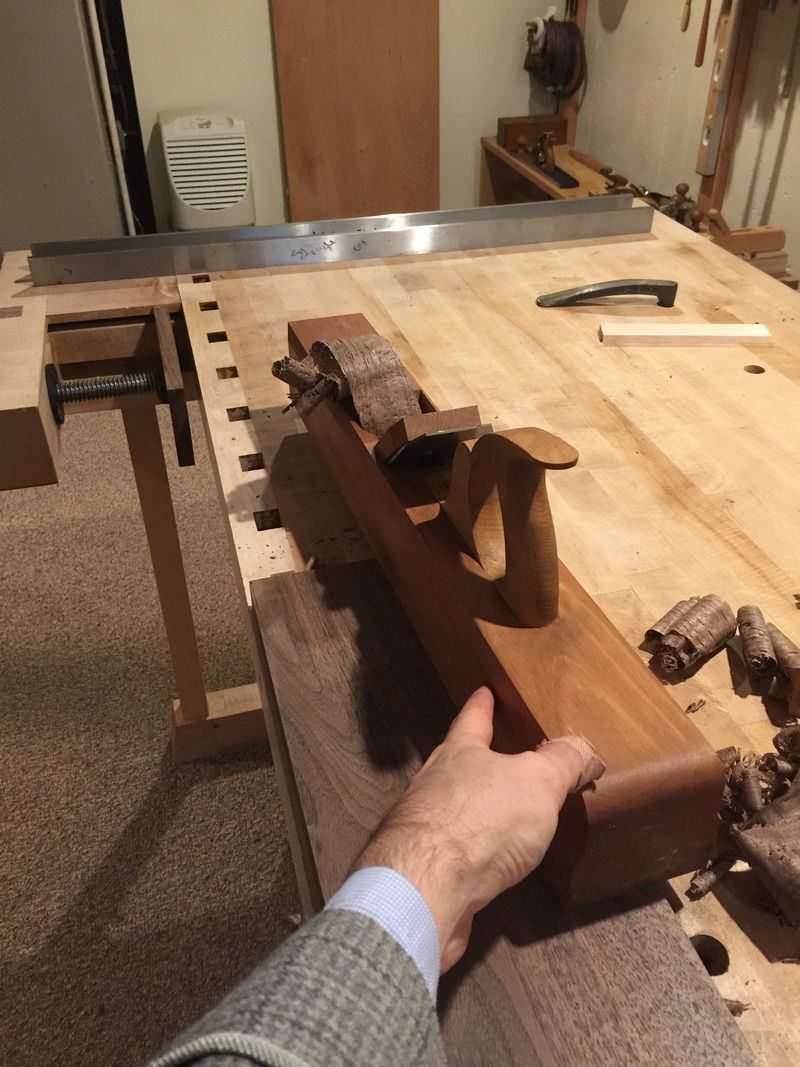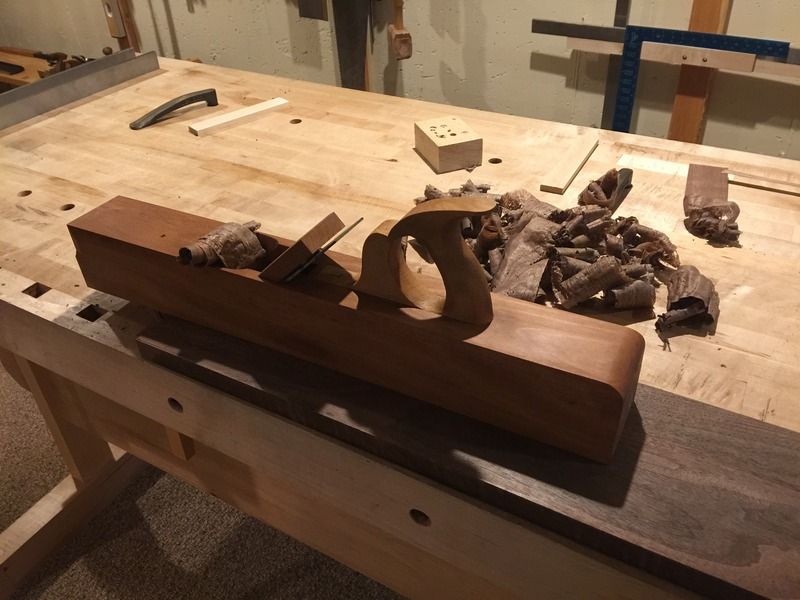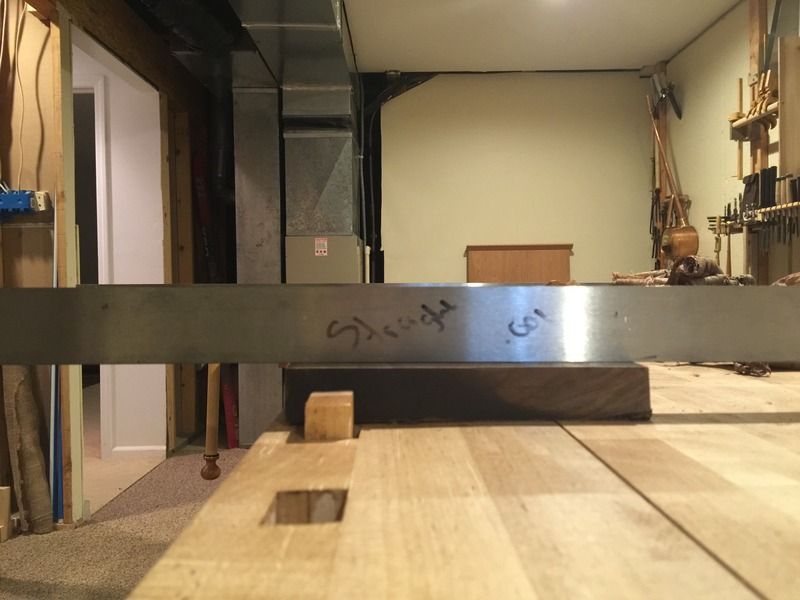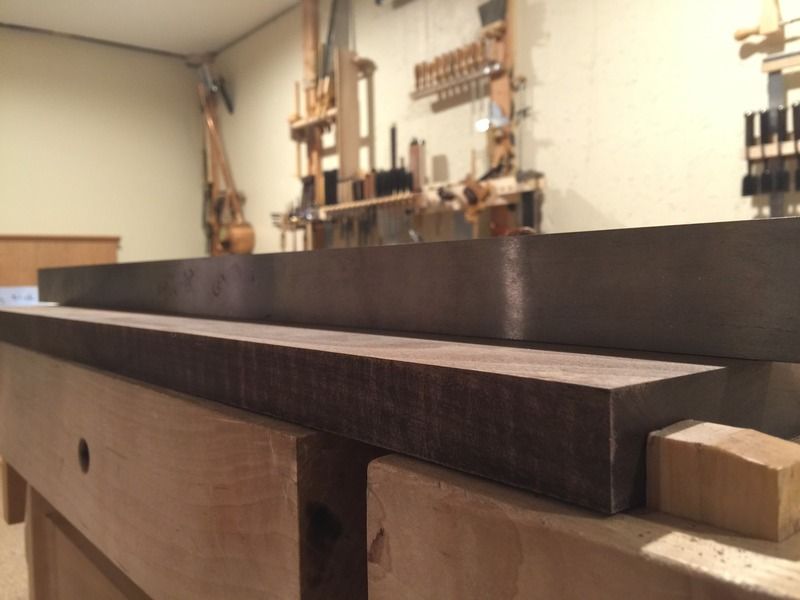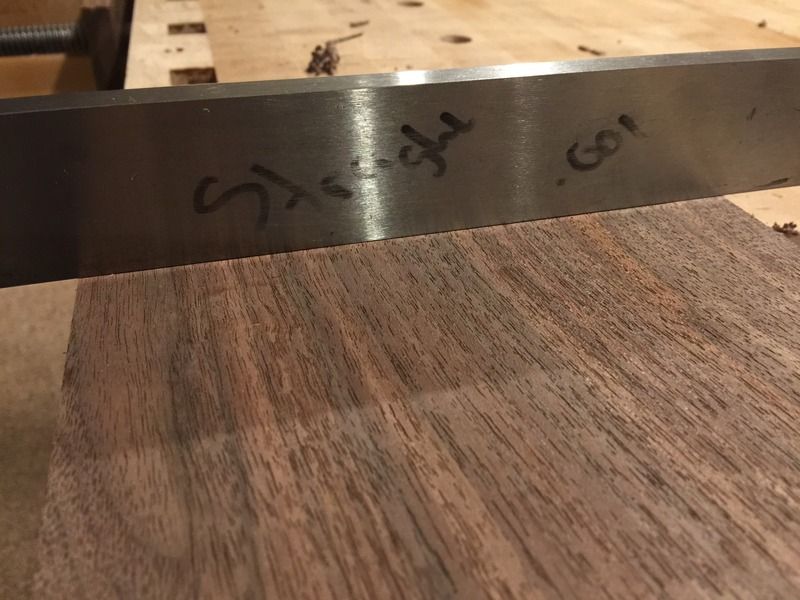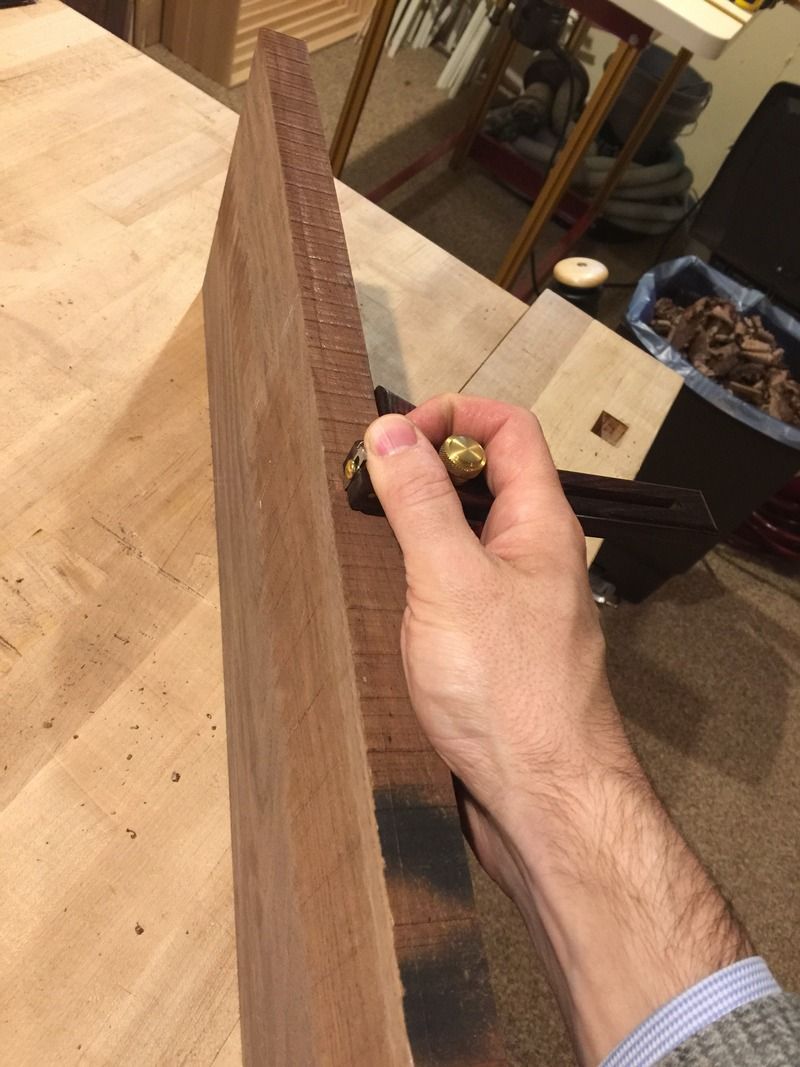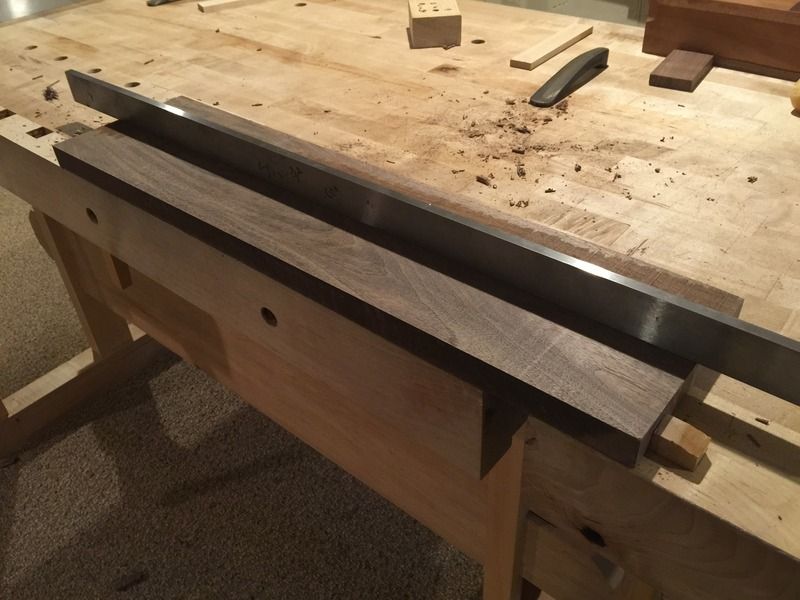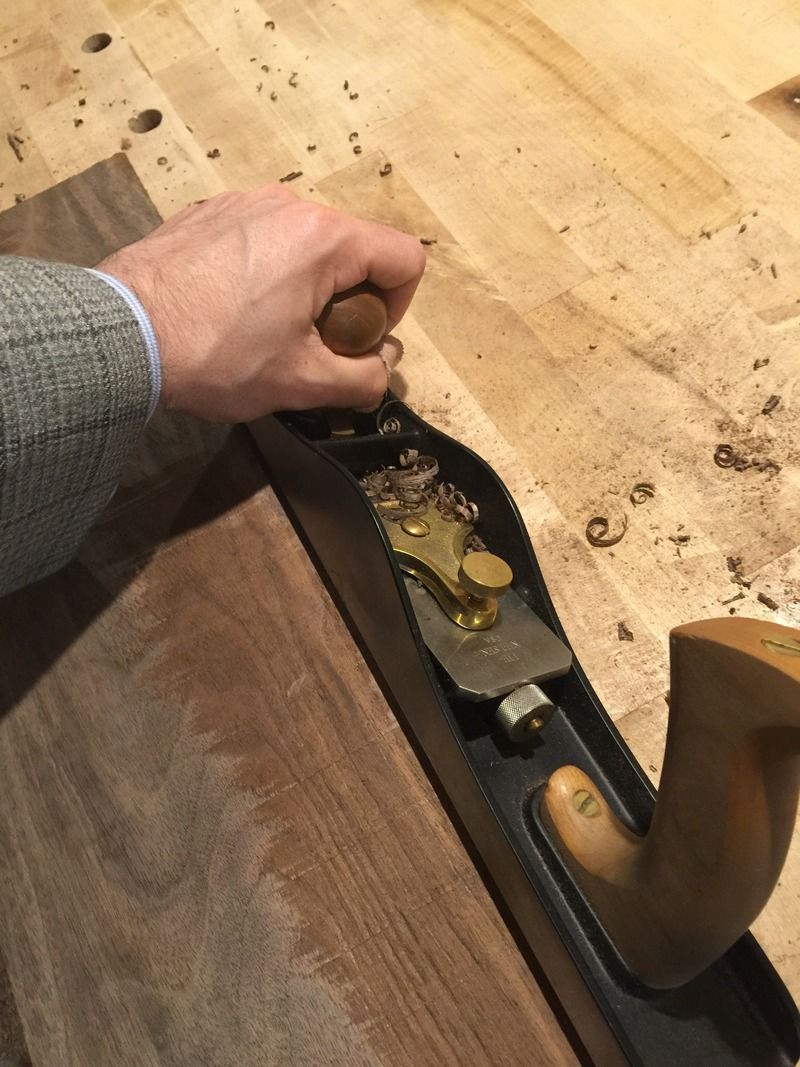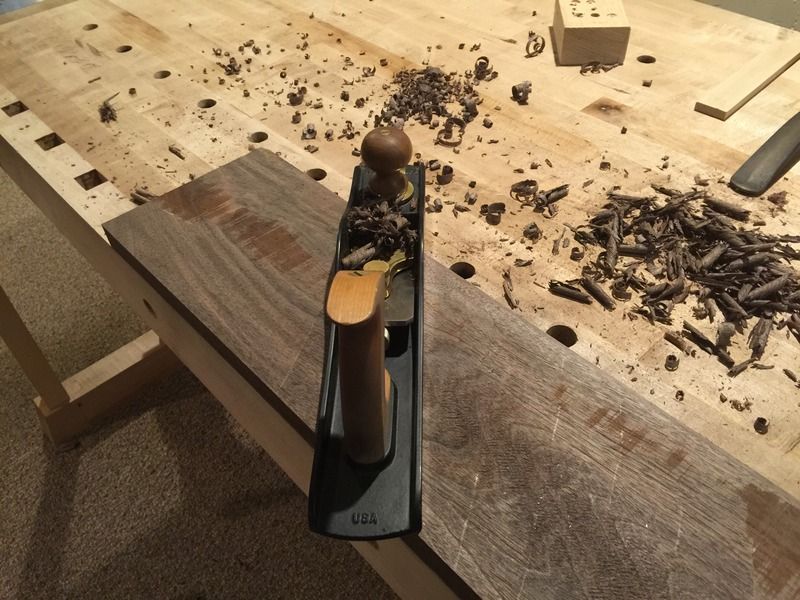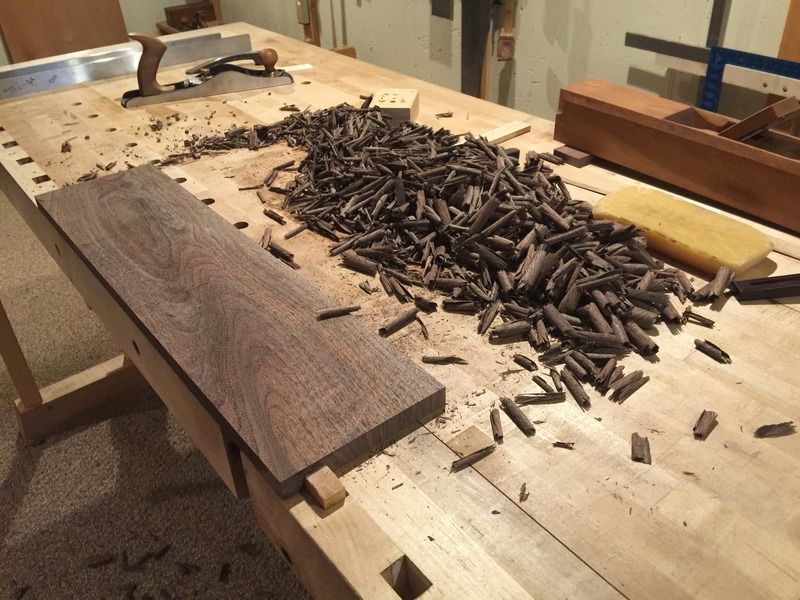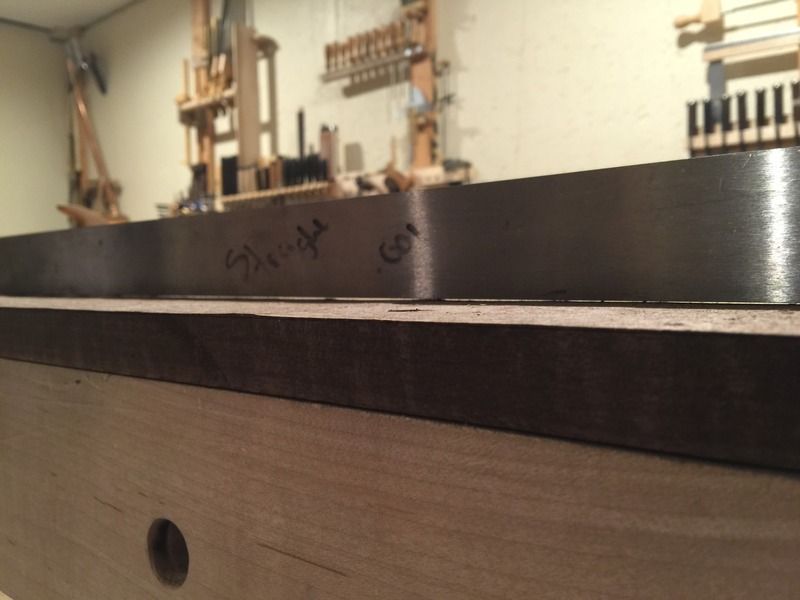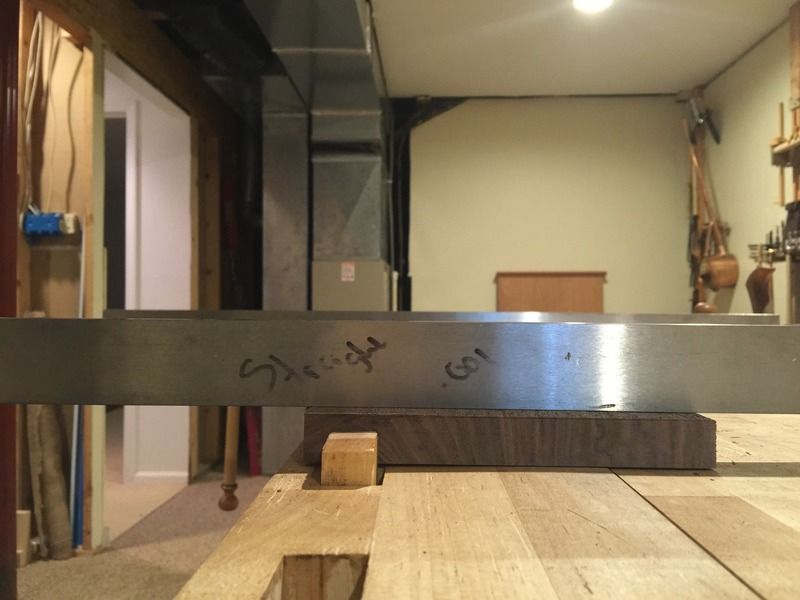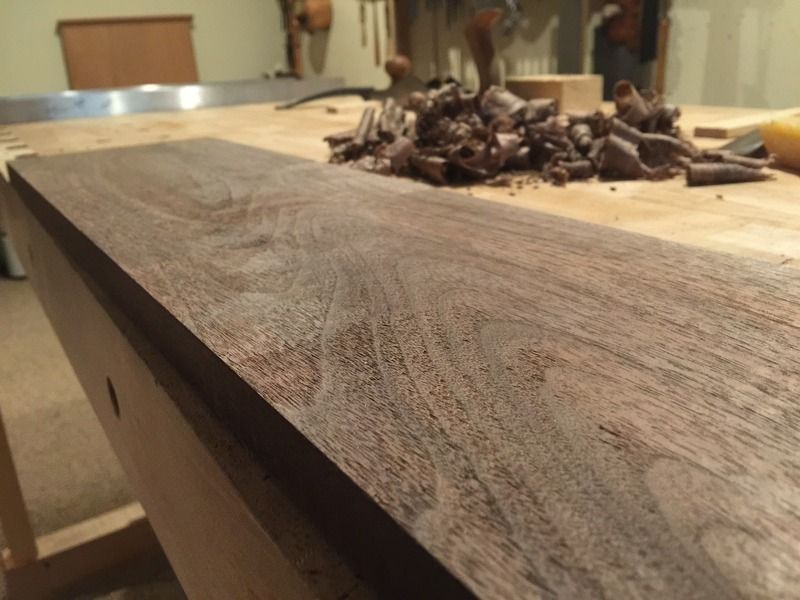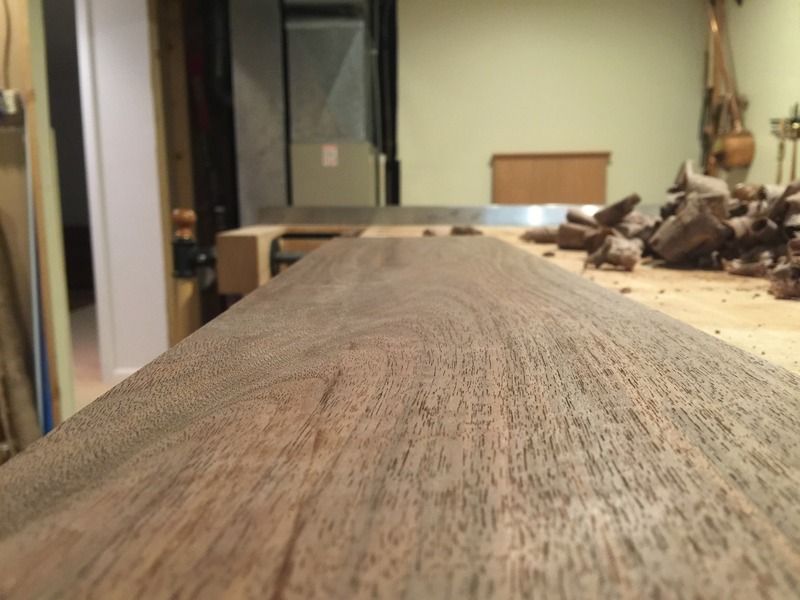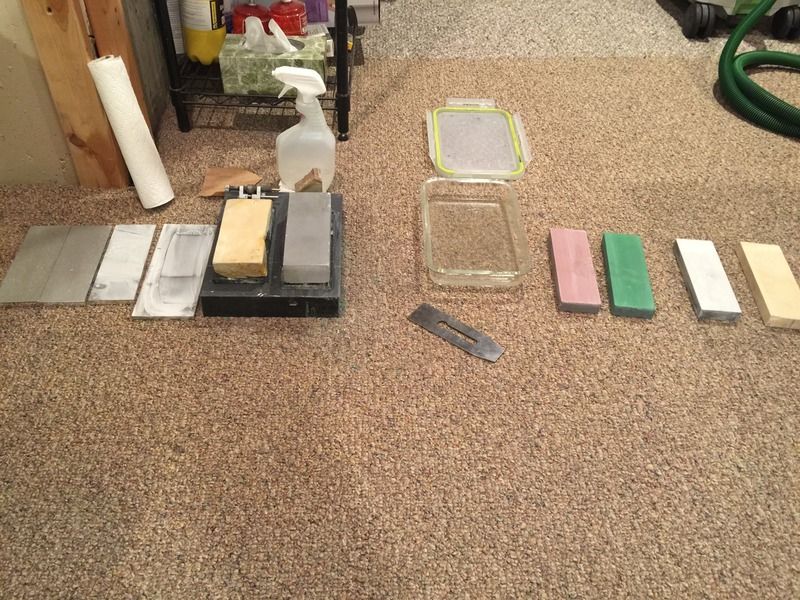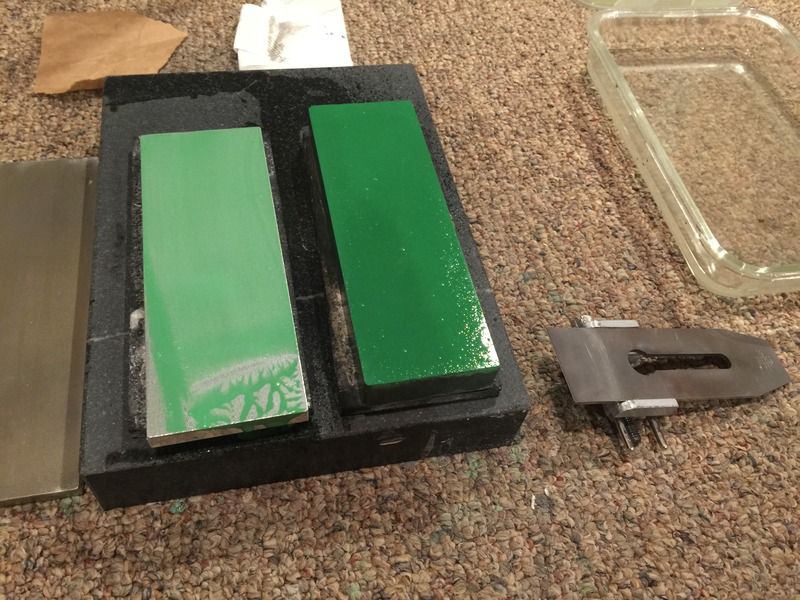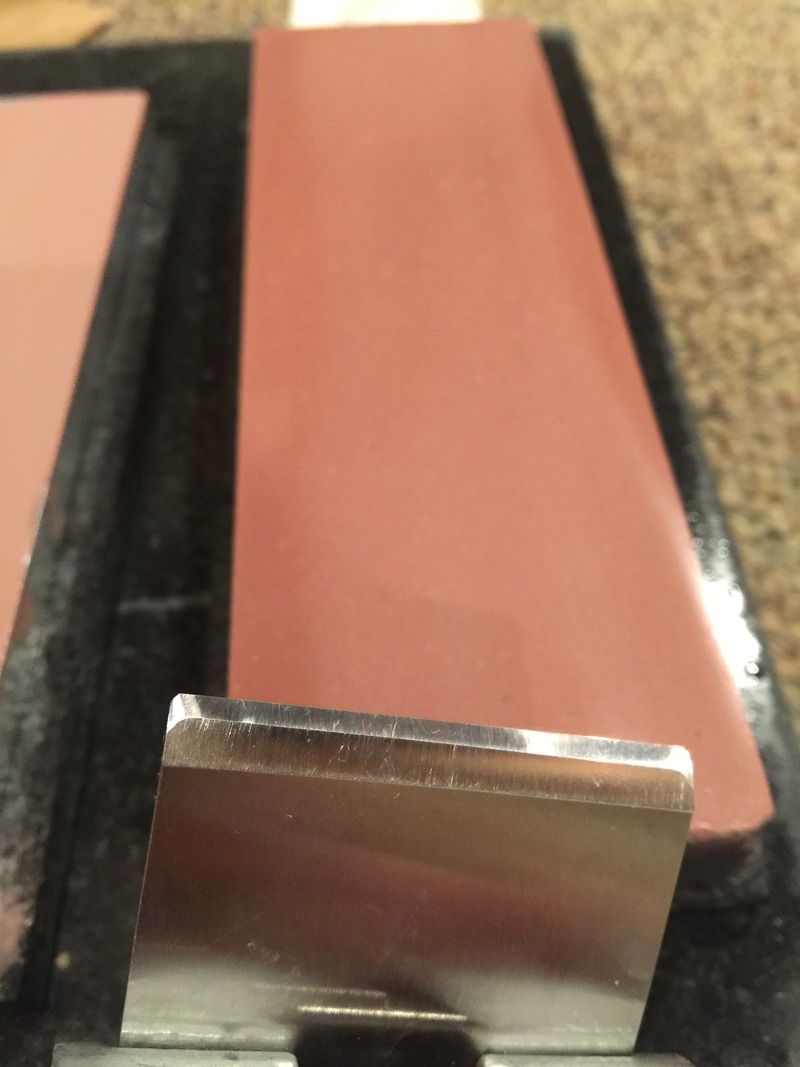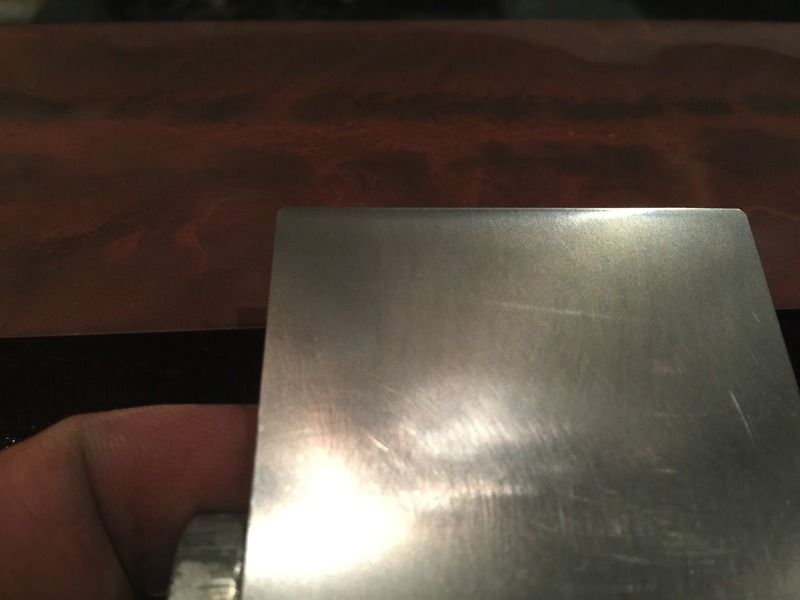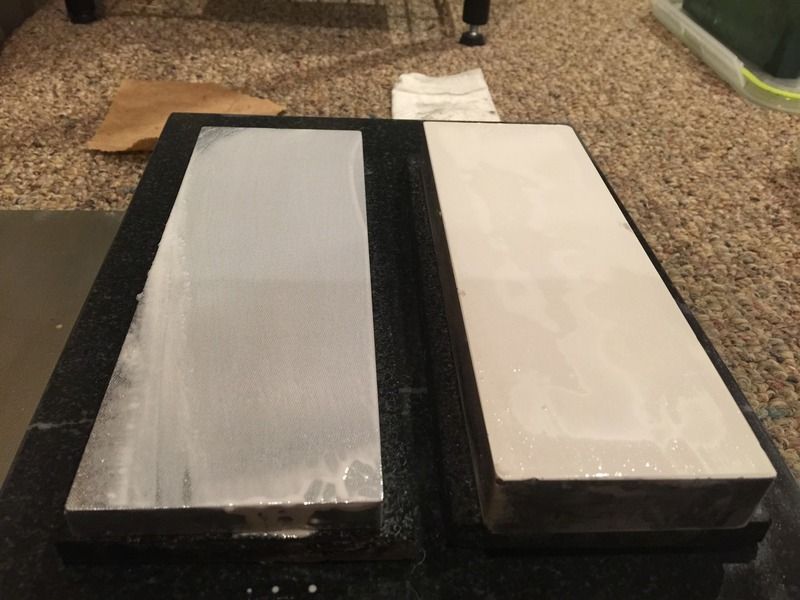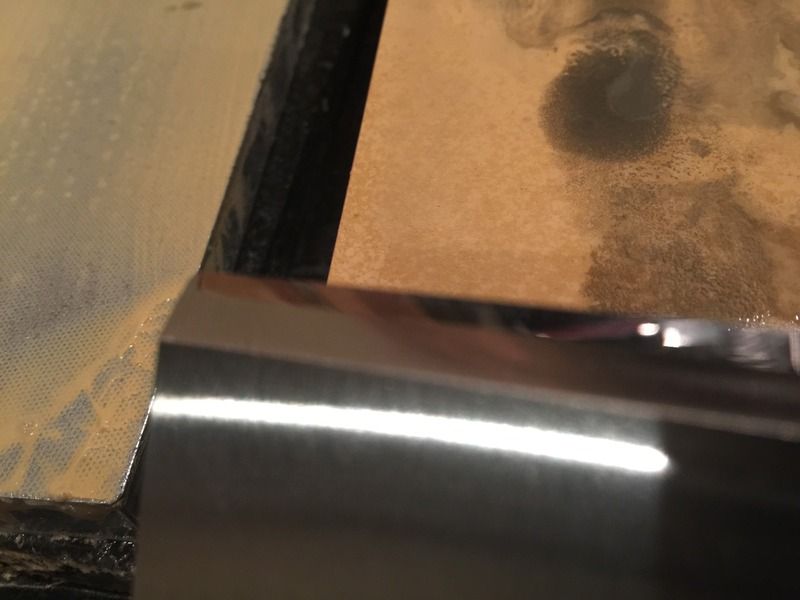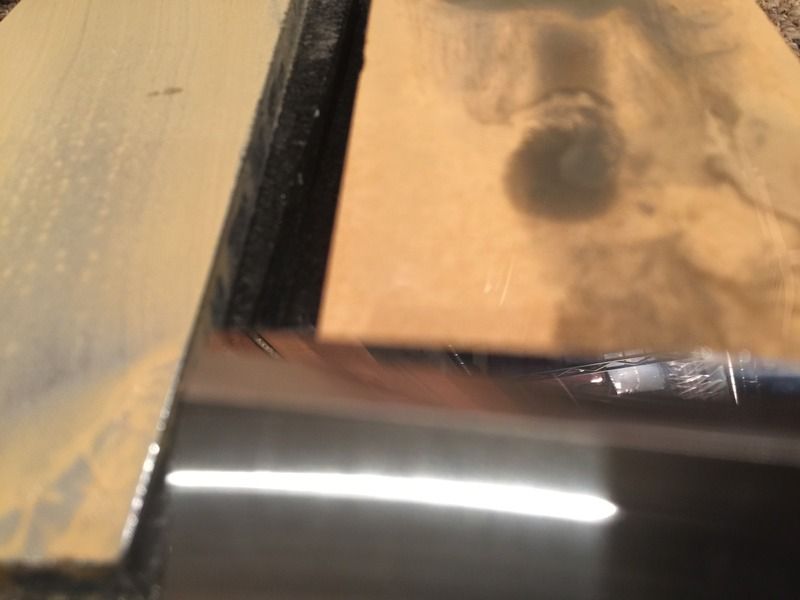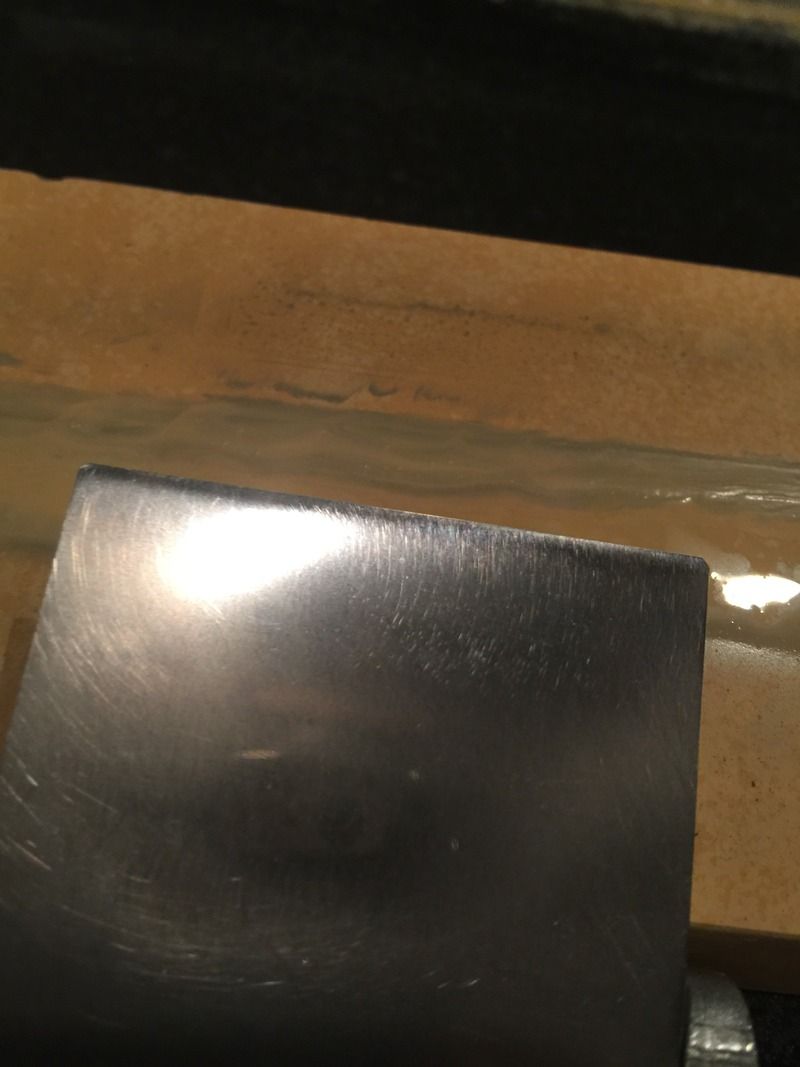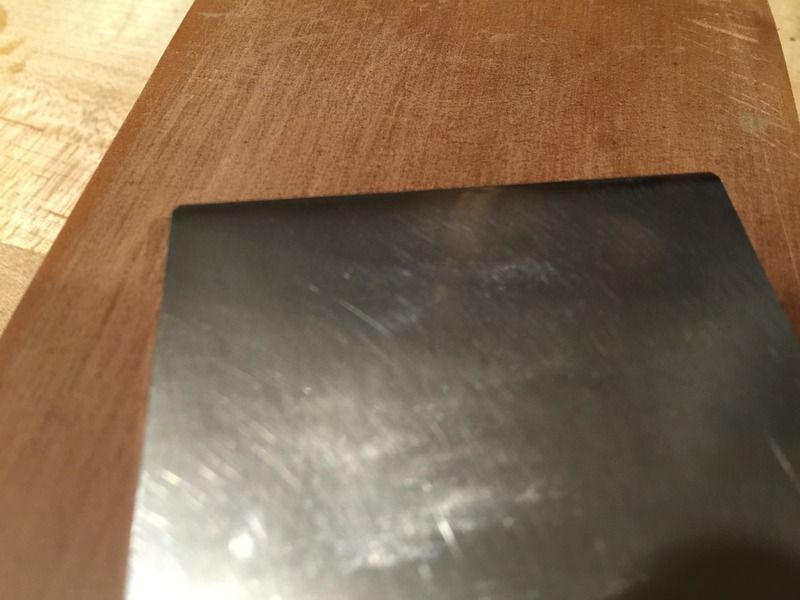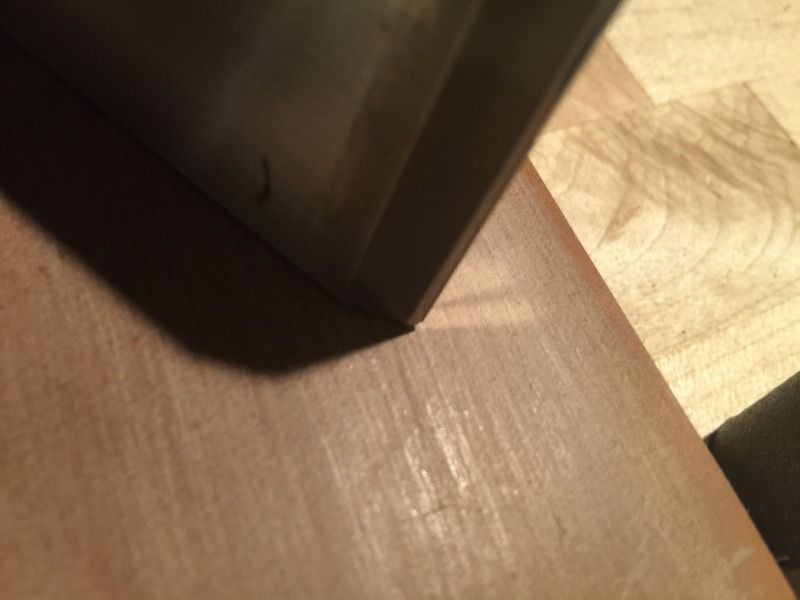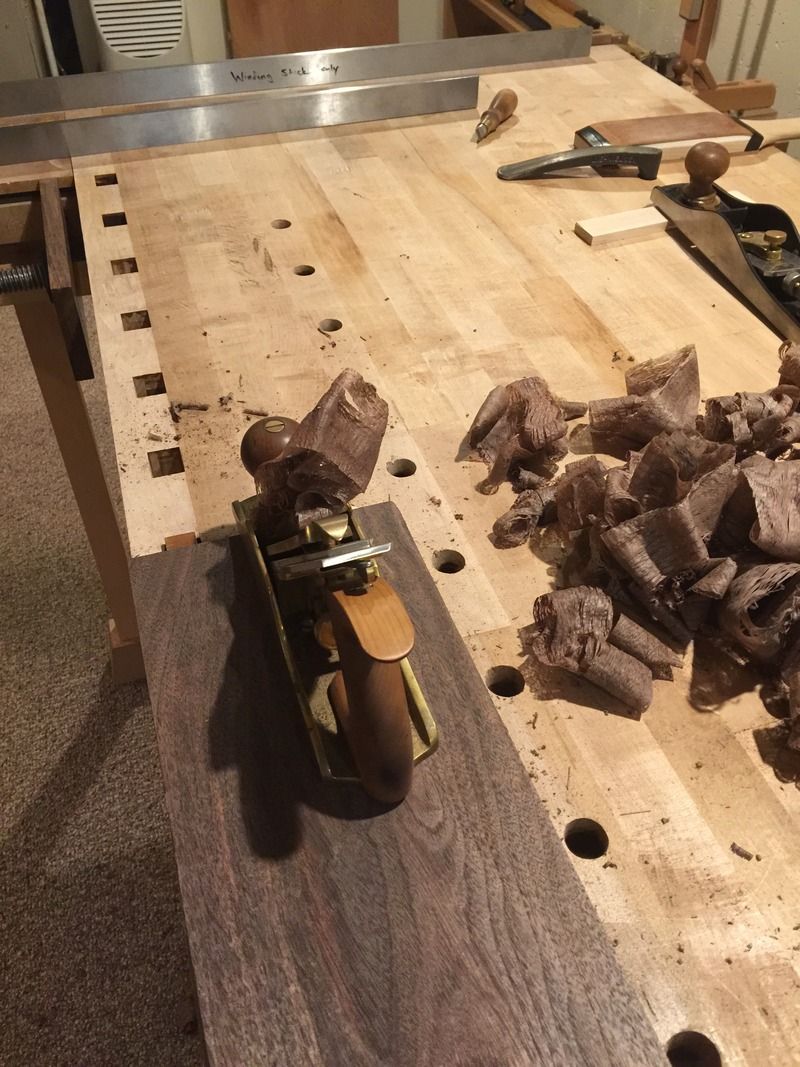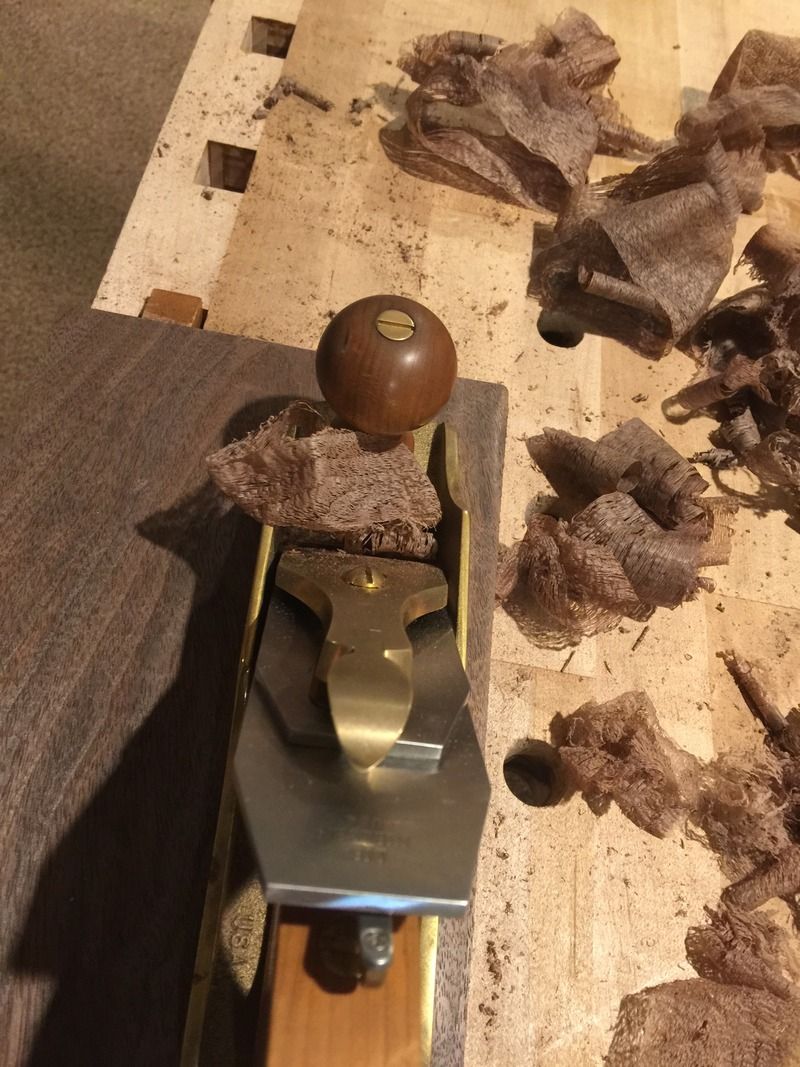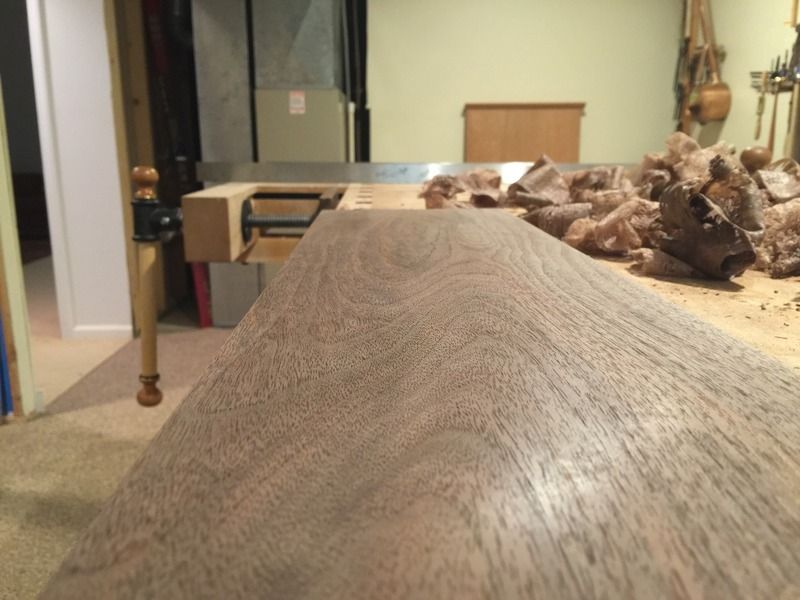Brian you are given a paper template for the hinge in the package. It gives you the set back and the outline. The screw boss and the hinge body are different depths and that is given also in the package. There is a bit of wiggle room on the width of the body part of the mortise. I mark the set back chop the body mortise until I can set the hinge in less the screw bosses then mark those directly from the hinge. I use a gouge to mark and cut the ends in a bit and then use an appropriate chisel to cut down to the land for the screw boss. I have done these for full size house doors to the ones I pictured which were 1 1/2 inch or so. They Also have the round ones that fit in a drilled hole and tighten with a wedge screw on the surface. I only use them in special cases because of the expense. The ones that fit house doors cost as much as a very good door. I have not found it to be difficult to do. I would put it about as difficult as doing those tappered leaf hinges for drop leaf tables. All of the ones I have used have been good quality. I have never used any other brand but Soss. I don't have any connection with Soss other than a user. I'm sure you could find instructions for them on the net. I hope this helps.
Jim





 Reply With Quote
Reply With Quote


